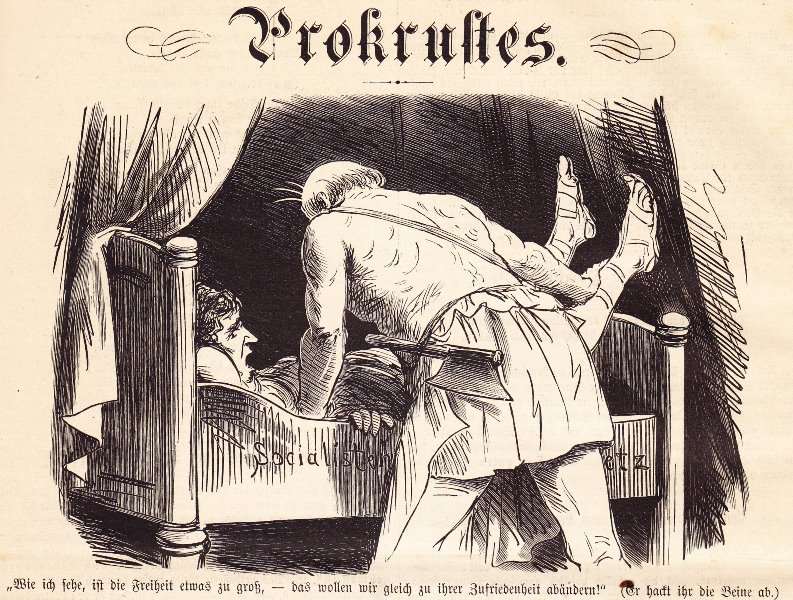
In my most recent post of this series, Education’s Big Lie, Part III: Visual Thinkers in the Spotlight, I highlighted three visual thinkers for whom words were not their initial line of attack when they tackled problems. Their minds focused immediately on images. Each of these individuals had very different reasons than the others for the use of images in their thought processes.
Leonardo da Vinci was an artist and inventor. He saw things. When facing a new problem, he would imagine a machine and a process that he envisioned solving this problem. The next thing he would do was to draw sketches of the machines and the processes that he saw in his mind. Although the pictures were quite vivid in his mind, he still had to put pen or chalk to paper to get a firmer grasp on the solution. Many of his sketches contain very few words. The words were secondary to Leonardo.
Albert Einstein was a scientist and mathematician, and a twentieth-century Renaissance man. He was a humanitarian, philosopher, and serious pianist and violinist. Einstein approached problems via his highly developed and practiced intuition. He had a feeling for problems and their proper solutions. He had insights into the physical world that no one else could envision. After satisfying himself that the mathematics and physics of a given solution worked, Einstein would turn to the task of finding words to describe his discovery “when he found the time.”
Temple Grandin is a scientist and outspoken advocate for animal welfare and accommodations for challenged children and adults. She came to those positions naturally since she grew up as a severely autistic child. She knows firsthand the challenges such children and adults face. Oliver Sacks, the world renown neurologist wrote in the forward of Grandin’s book Thinking in Pictures that her first book Emergence: Labeled Autistic was “unprecedented because there had never before been an inside narrative of autism.” Sacks is also the acclaimed author of the bestseller Awakenings, which is an autobiographic novel of a fictional, American physician, Dr. Macolm Slayer’s use of L-dopa in a ward of catatonic patients who awaken after years in a vegetative state. This novel was used as the basis for the 1993 film of the same name starring Robin Williams. An encounter with the automatically opening door at a store led Grandin during her adolescent years to the conclusion that she thought in terms of pictures instead of words. She claimed that this ability helped her in redesigning and making the cattle chutes of slaughterhouses more humane. She came up with her design by transversing the chutes at the eye level of cattle, seeing what they saw and felt. Calmer cattle at the time of their slaughter was better for the cattle and people. More relaxed cattle produced more tender beef for consumers.
Sports announcers, music, food, fashion, art and film critics make their living using words to describe, praise and criticize performances, films and other works of art. However, a critique is not the same as experiencing the film or the work of art with one’s own eyes and ears. Even the artists themselves may have difficulty in using words to fully describe their works of art. We speak and write about the genius and talent that Michelangelo displayed in his painting of the Sistine Chapel Ceiling. However, no words will take one’s breath away like the actual experience of seeing it does.

In the field of culinary arts, I find it ironic that I must use words to make my point. How many of you have heard the expression: “The proof is in the pudding!”? Chefs can use words to describe their creations. Culinary critics use words to praise or pan culinary dishes. However, the real test of the worth of a dish is in its visual appeal, aroma, consistency, and taste. When we eat, we use the whole cadre our senses of sight, smell, touch, temperature, and taste. One of the finer points by which we judge a creme brulee is the crunch, or sound the caramelized sugar topping makes when we break it with our spoon. A second judging criterium is the texture of the custard under the caramelized sugar topping. The popularity of cooking contests on television like Iron Chef America, Chopped, Beat Bobby Flay, and Worst Cooks in America and many others have spawned similar contests in a myriad of different settings. The phenomenon has spread even to the U.S. armed services.

On athletic playing fields, the ingenuity of individuals cannot be fully realized through verbal descriptions of their feats. The images of one example immediately come to my mind. Unfortunately, I didn’t witness this play. I have to rely on the memory and storytelling ability of my Babe Ruth League coach The scene is from Jackie Robinson’s early days playing second base for the Brooklyn Dodgers. Jackie was known for his hitting and his speed and bravado on the basepaths. However, Jackie also used his speed to great advantage playing defense in the field. On one particular play, a batter hit a ground ball up through the middle of the infield. Jackie Robinson and Pee Wee Reese both broke for the ball. With Jackie’s superior speed he was able to dive for the ball and flag it down in the outfield grass. However, there was no time to get up, turn his body and throw the batter out at first base. Seemingly without thinking, Jackie flipped the ball out of his glove to the approaching shortstop Pee Wee Reese, who caught it in his bare hand and threw it to first base to get the batter out. Although I am pleased with this verbal description of the play, it doesn’t really do justice to the play. It was unheard of when it first occurred. Later it became a standard weapon in the arsenal of defensive plays for middle infielders. When I played shortstop in Babe Ruth League, our coach would have us practice this play several times each week for the one time in our careers when it might be appropriate to use it.

In the performing arts, one can describe theatrical scenes like the chandelier scene in Andrew Lloyd Webber’s The Phantom of the Opera. However, a verbal description is not the same experience that one gets when one is actually sitting in an orchestra seat of a live performance. The verbal description does not raise the goosebumps on one’s arms that appear when a magical-like spotlight illuminates the chandelier hanging over your head, just before it begins a rapid descent to crash on the stage, or hearing the eerie organ music and haunting off-stage voice of the mysterious phantom singing:
You will curse the day you did not do All that the Phantom asked of you!
GO!

In the introductory post of this series on Education’s Big Lie, I criticized Education for buying into the philosophical position that “One size fits all.” In researching this series I came across an article, the title of which I thought was right on! The article I Think in Pictures, You Teach in Words: The GIfted Visual Spacial Learner was written by Lesley Sword and published by Talent Development Resources. Lesley Sword is the Director of Gifted & Creative Services Australia, a consultant who specializes in the psychology of the gifted and has worked with gifted people of all ages. Sword’s article dealt witha portion of the problem I see in education. That portion is the problem of serving the gifted students. Two other problems with education are it underserves the disadvantaged and underprepared students, and how it ignores the students in the middle. In Part V and VI of this series, I will speak to how education ignores or underserves the gifted students. In later posts, I will deal with the other problematic areas.







































